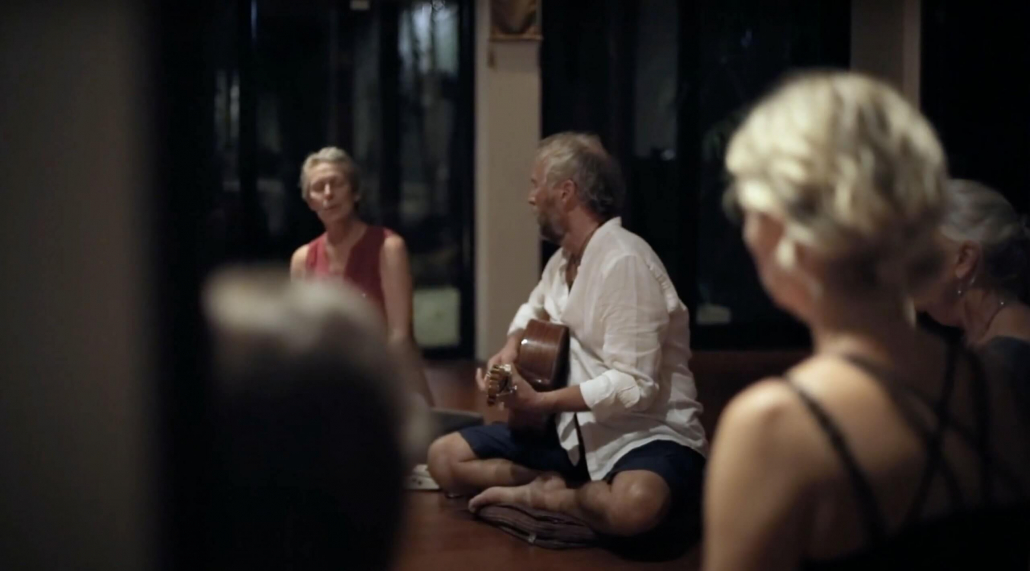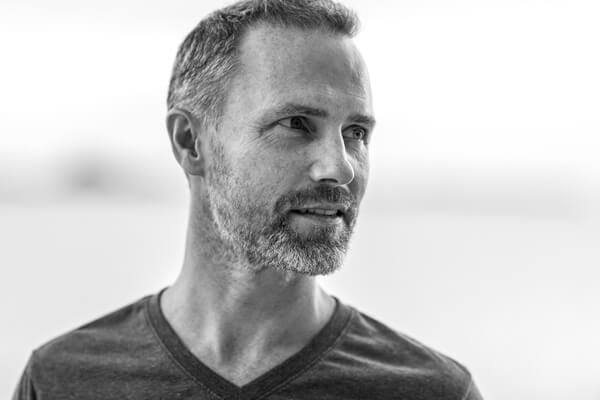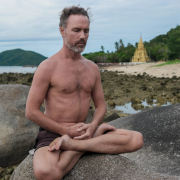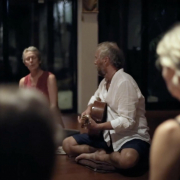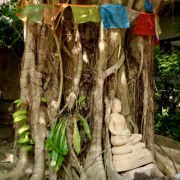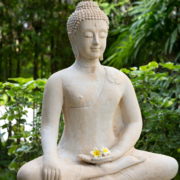 https://samahitaretreat.com/wp-content/uploads/2023/11/IMG_5161-scaled.jpg
2560
1707
Kirsten Mia
http://samahitaretreat.com/wp-content/uploads/2024/01/samahita-logo-v2.svg
Kirsten Mia2023-11-01 03:57:462023-11-02 06:11:16The Buddha, the Dharma, the Sangha
https://samahitaretreat.com/wp-content/uploads/2023/11/IMG_5161-scaled.jpg
2560
1707
Kirsten Mia
http://samahitaretreat.com/wp-content/uploads/2024/01/samahita-logo-v2.svg
Kirsten Mia2023-11-01 03:57:462023-11-02 06:11:16The Buddha, the Dharma, the SanghaJaya Bhagavan – Love, sound, devotion – gimme some bhakti
Yoga at its core means the connection with that which does not change, with pure consciousness, with everything that is beyond what you perceive or cognize, with the ‘other’, with the ‘not this’, with what is truly internal, with what some call one’s true nature, with what others call the Divine.
Yoga ultimately is that experience. But yoga is also the way, the means, the path there. In the broadest of sense, it is then anything you engage it that opens that up internal experience.
This “anything” has also tripped up many-a-person along the way, confusing sensory-bound indulgence and mindlessness abandon to be ‘that’, ‘not this’, internal, ‘other’. It is tricky. Consider the peak moment in sex that, done right, has the potential to bring you to ‘beyond this’. One moment. How? Because you totally absorb within and completely lose connection with all ‘this’. Though it only lasts a few seconds (and that’s if it’s supersonic good!).
However, it is most common to absorb in the sensual delight (sex in this example, but most aspects of life) and miss the otherness of the moment. The sensory pull is part of the process to draw you in and get started. Being with that process. As you watch the sensory power you can (potentially) go past it, into that inner absorption. Otherwise, it’s the same addictive chase of any external element, to give some stimulation without real absorption.
This is why yoga has several prefixes. I don’t mean all the brandnames of āsana that exist today, and definitely not the tacky gimmick names stuck onto yoga. Words like karma before yoga, for example, mean you forget this temporary-ordinary-self through the needed work and get absorbed within.
The main practices that constitute as yoga in a practical sense come from the classical literature, especially Patanjali and the Hatha-Rāja yoga teachings. This is the base of our contemplations, breath practices, and body refinement and regulation by āsanas, kriyas, and more. This body part has spread and mutated as different physical methods, some with people’s names, some with gimmicks, and some quite good. Few practice, or even know, the full classical with Hatha-Rāja yoga, that we know as Psycho-physical yoga.
” As bhakti yoga it is that devotion to pure absorption in ‘not this’, or for some the ‘Divine’. As a yoga it is a way to an absorbed outcome. The way of open-heart devotion. …..”
All that’s great. However, sometimes you want to just sing, dance, express yourself from your heart. Love, sound, and devotion. Yes, you keep up the routine of practice as described before. Yes, you handle your life and all its responsibilities. But your heart cries out also to fly.
This is devotion. This is bhakti. It evolved as the main religious approach amongst the people of India over the centuries. As bhakti yoga it is that devotion to pure absorption in ‘not this’, or for some the ‘Divine’. As a yoga it is a way to an absorbed outcome. The way of open-heart devotion. Completely different than Psycho-physical yet totally complimentary, possible to combine both or follow either one separately, individually. What has happened in the past and recent years is both have been diluted or the religious devotion path has merely subsumed some physical elements.
Even bhakti can be downgraded and made superficial, all about being alternative, or merely singing and dancing. So how can you have those elements and go beyond them? Can you do this and forget yourself? Yes, whether it’s bhakti as theistic religion or bhakti yoga as devotion from the heart. Non-theistically theistic. Meaning you dig all the deities, dance, sing, and love with them all.
This is Jaya Bhagavan. Praise the Lord in another culture. Or God is great. Same same.
Bhagavan is the Lord. But it’s also the Divine. Or it’s whatever non-theistic theistic Deity that gets to your heart. In that sense it’s Īśvara. But most of all, it’s “open your heart to me” and be the happiness, absorb within.
The beautiful female saint of India, Ananda MayiMa used to sing this phrase “Jaya Bhagavan” all day. Long along ago I heard a recording of her do so. Captivating. Super simple.
I then lived in a tiny studio above one of the few yoga studios in NYC back then, which was also above the restaurant I worked in with a Thai restaurant inbetween. My micro world forming before I knew it. Some time in 1995 or 96 a sign was on the door “Krishna Das tonight”. I wondered “what’s that?” I soon found out. There was less than 10 of us at these weekly gigs in these early days. Within a few years he had gained quite the success, many hundreds showing up. Large venues, Tours.
In those live events, and later on his Live on Earth album, came his singing of Jaya Bhagavan. It was one of those that captivated my mind, entered my heart, took me beyond the body, perhaps getting a sense of Ananda MayiMa, and losing it … going somewhere within.
Fast forward a decade and the incredible Irish singing voice of Jack Harrison is with me here, at the then Yoga Thailand, now Samahita. And I say “Jack, you gotta sing some of these.” Sarve sham was born and came out to the world in 2007 (Wind Across the Sea, live at Yoga Thailand). Sarve sham of Jack is the Hallelujah of Leonard Cohen or Bohemian Rhapsody of Freddy.
Another decade. Time for more. I implored Jack to add Jaya Bhagavan to the musical repertoire. He did. We made it into Samahita Live, back in 2015. I hadn’t heard the track in a while and it came on at home last week. I was immediately, unabashedly drawn to dance (wow, alone!!) and raise my hands and lose it.
It’s such a powerful version. The voice, the tune, the simple yet complete words.
There I am in bhakti. In that moment. Jaya Bhagavan.
Listen to it. Or find one of your other favorites. Other greats singing and playing at Samahita over the years have been the incredible Daphne. The spectacular Edo and Jo. The gifted Bibi. The drum rocking John. The sweet-souled Ron & Meenakshi. And many others guesting in with us.
What a joy to touch that devotion. It fills your heart. We’ve included a soundbite of Jack on Jaya Bhagavan, live, here, on Samhita’s video.
And we’re coming back to do even more. From living in my 3sqM room above Jivamukti over 25 years ago to now, this devotion and the being in yoga is still with me. And that is Samahita. It even survives the most uncertain of pandemics. On to whatever comes next.
How? I don’t know. All I can say is … it must be …. Jaya Bhagavan.
Go sing, dance, love.
Dr. Paul Dallaghan’s expertise with breathwork, body and meditative practices comes from three sources: (1) three decades of daily dedicated practice and teaching these techniques; (2) uniquely acknowledged in the Yoga tradition by the title of “Master Yogi-Prānācharya (expert in breath)”, following an immersion in the original culture through one-on-one direct training in practice and study of ancient texts; (3) a PhD in doctoral scientific research at a leading US university (Emory) covering both the tradition and science of yoga and breath practices in terms of stress, health and aging. As a result, Paul occupies a unique space to impart genuine teaching and science on the breath, body, and meditative practices, seen as a Teacher-of-teachers and identified to carry on the tradition of Pranayama. His sincere and ongoing role is to teach, write and research, to help put out experienced and authentic information on these areas of how we live, breathe and be, to help people improve their mental and physical health, and live more fulfilling lives.
For more on his background see his bio
More from the Samahita Blog
